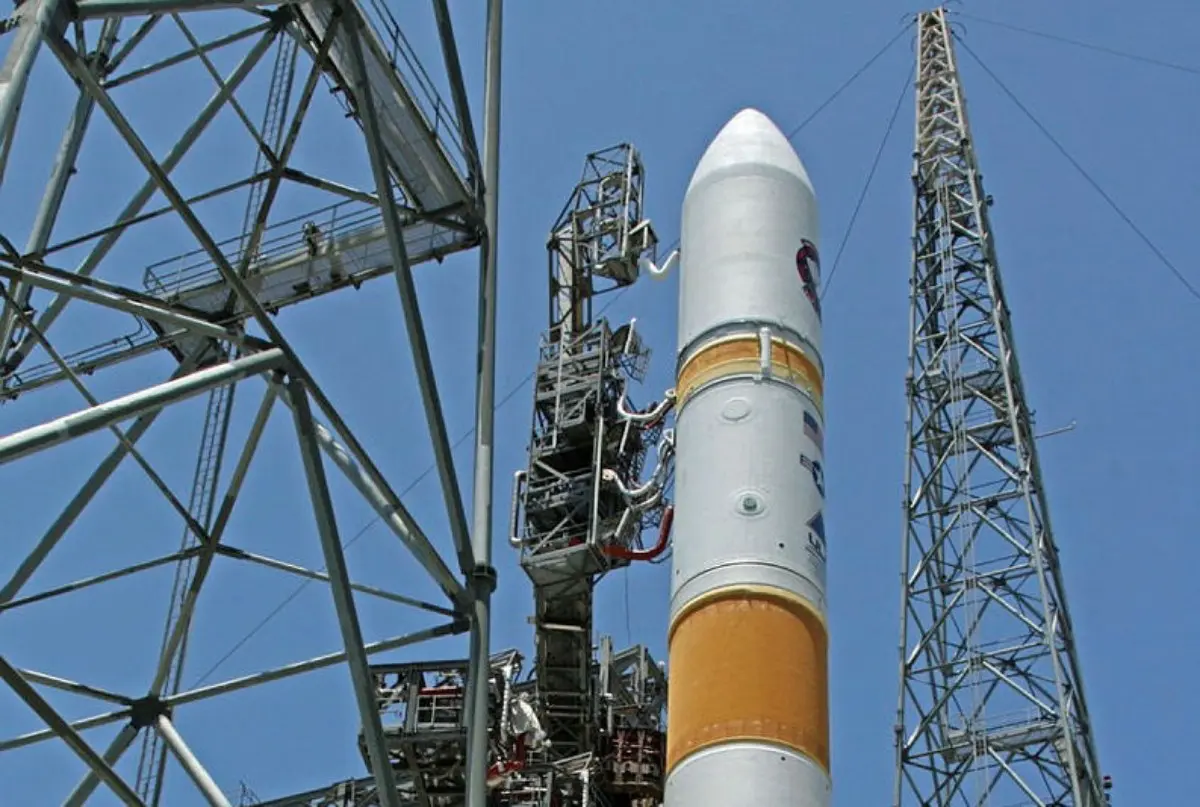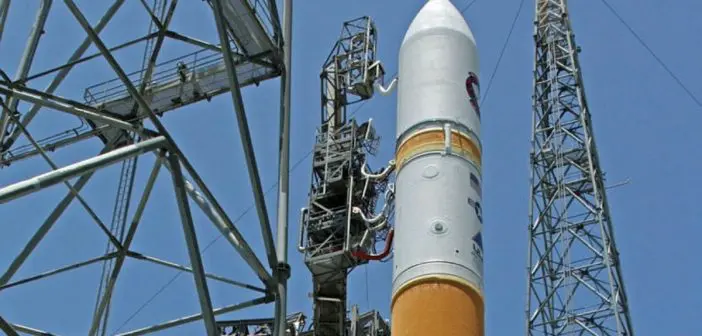
Optus is understood to have launched a secretive military communications satellite on Monday, October 18 (AEDST). A Space X Falcon 9 rocket, officially the TD7 mission, lifted off from the Kennedy Space Center at around 5.30 pm local time on October 17 (Monday morning Sydney time) with the payload onboard. The lack of disclosure sparked interest in what was otherwise a routine launch.
In the absence of hard information, outlets reported that the payload was likely a robotic-capable spacecraft. Under a previously announced deal, Northrop Grumman subsidiary SpaceLogistics is building such a spacecraft for Optus. The vehicle is designed to attach a mission extension pod to one of its satellites. However, SpaceX said the TD7 satellite was a communications satellite. The Optus satellite was the only payload onboard.
After successfully launching and separating from its booster, Falcon 9’s upper stage headed into geosynchronous transfer orbit zone. At this point, the military communications satellite detached and makes its own way to geostationary orbit around 36,000 kilometres above sea level.
Outlets began dubbing the payload “Optus-X” after the term was used by the Federal Aviation Administration in its flight schedule. The US Space Force also used the term in its launch weather forecast.
“At our customer’s request, we will be ending the webcast before the payload deploys,” a SpaceX commentator said during a live launch broadcast.
Mystery payload built by Northrop Grumman Innovation Systems
However, Space & Defense understands that Optus X is built on the GeoStar-3 bus by Northrop Grumman Innovation Systems. The X in the name is believed to refer to a military X-band payload previously used by Optus on its 2003-era C1 satellite. That satellite was partially funded by Australia’s defence department and had a dual military/civilian purpose. An Optus spokesperson would only say they procured the spacecraft “on behalf of another organisation.”
Australia’s Defence Department’s Military Satellite Communications (MILSATCOM) includes space, ground and control segment assets. Its various systems operate via arrangements with industry partners such as Optus and the US Government.
Best known as a telco, Optus also provides satellite services to Australia and New Zealand government departments. Private sector customers include companies and broadcasters including Foxtel, ABC, SBS, Seven Network, and regional broadcasters such as Imparja Television, Sky New Zealand and Kordia. The company operates the largest fleet of domestic satellites in Australia.
SpaceLogistics says its spacecraft should be ready to launch sometime in 2025. The deployment will be significant because it will be the first time a robotic-capable spacecraft has provided persistent robotic servicing capabilities in geostationary orbit. Installing the mission extension pod – a customer-controlled propulsion augmentation device, would allow Optus to extend the life of the particular satellite, identified as its D3 satellite, by up to six years.
Open-source information indicates Optus launched the 2,500-kilogram D3 satellite in 2009. The satellite comprises thirty-two Ku band transponders (twenty-four 125-watt primary and eight 44-watt backup transponders). Foxtel uses six of the twenty-four transponders for its high-definition pay-TV services.





